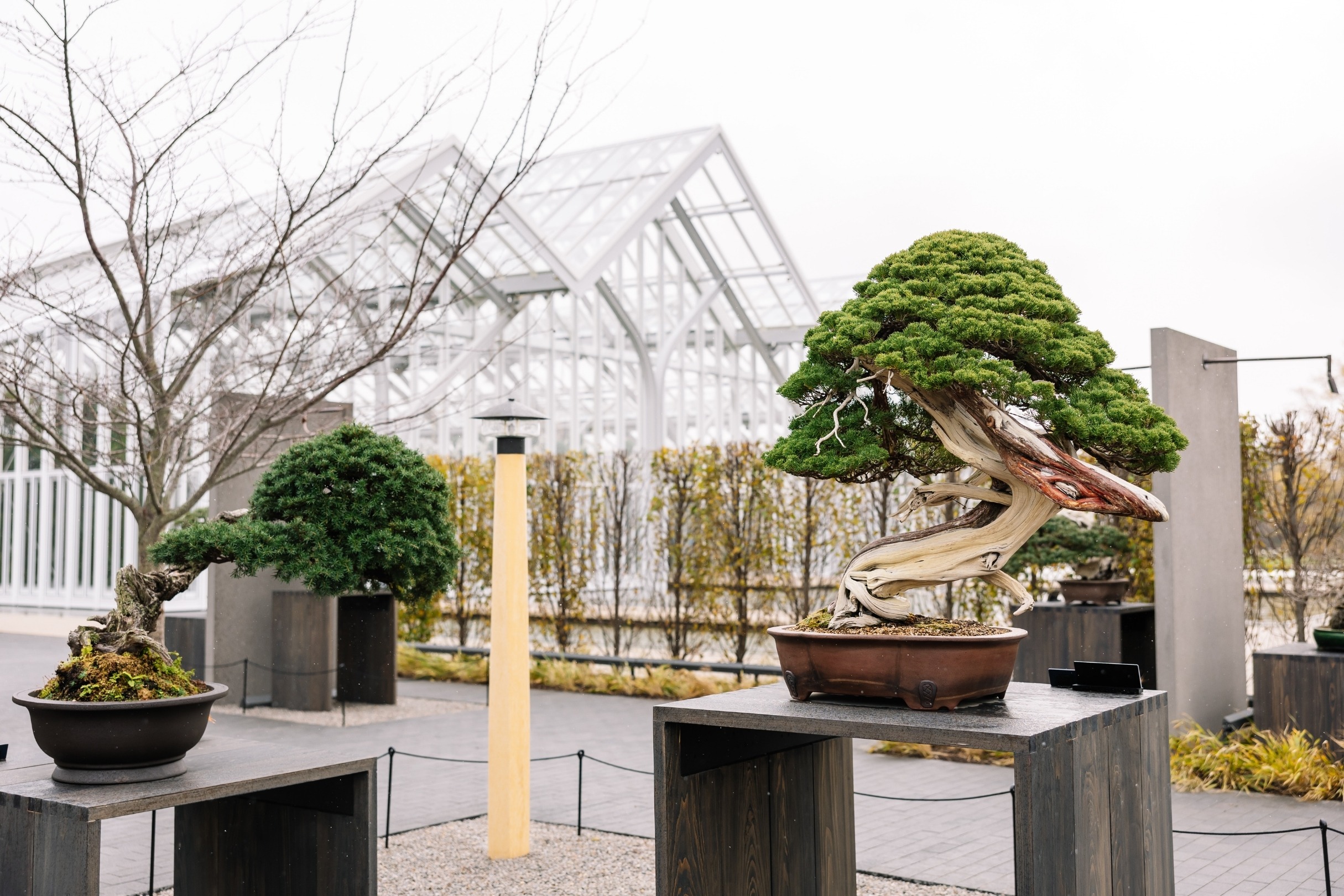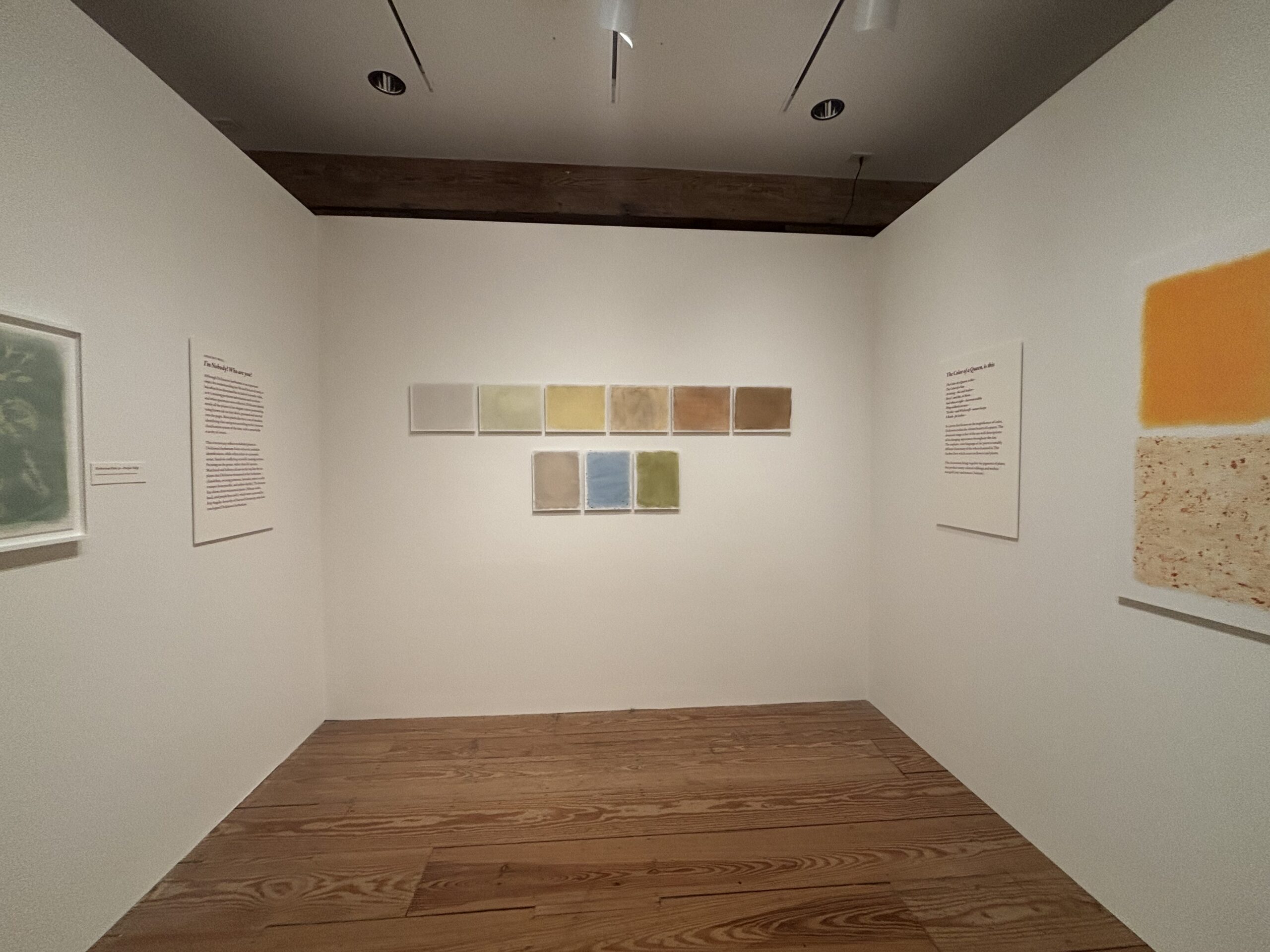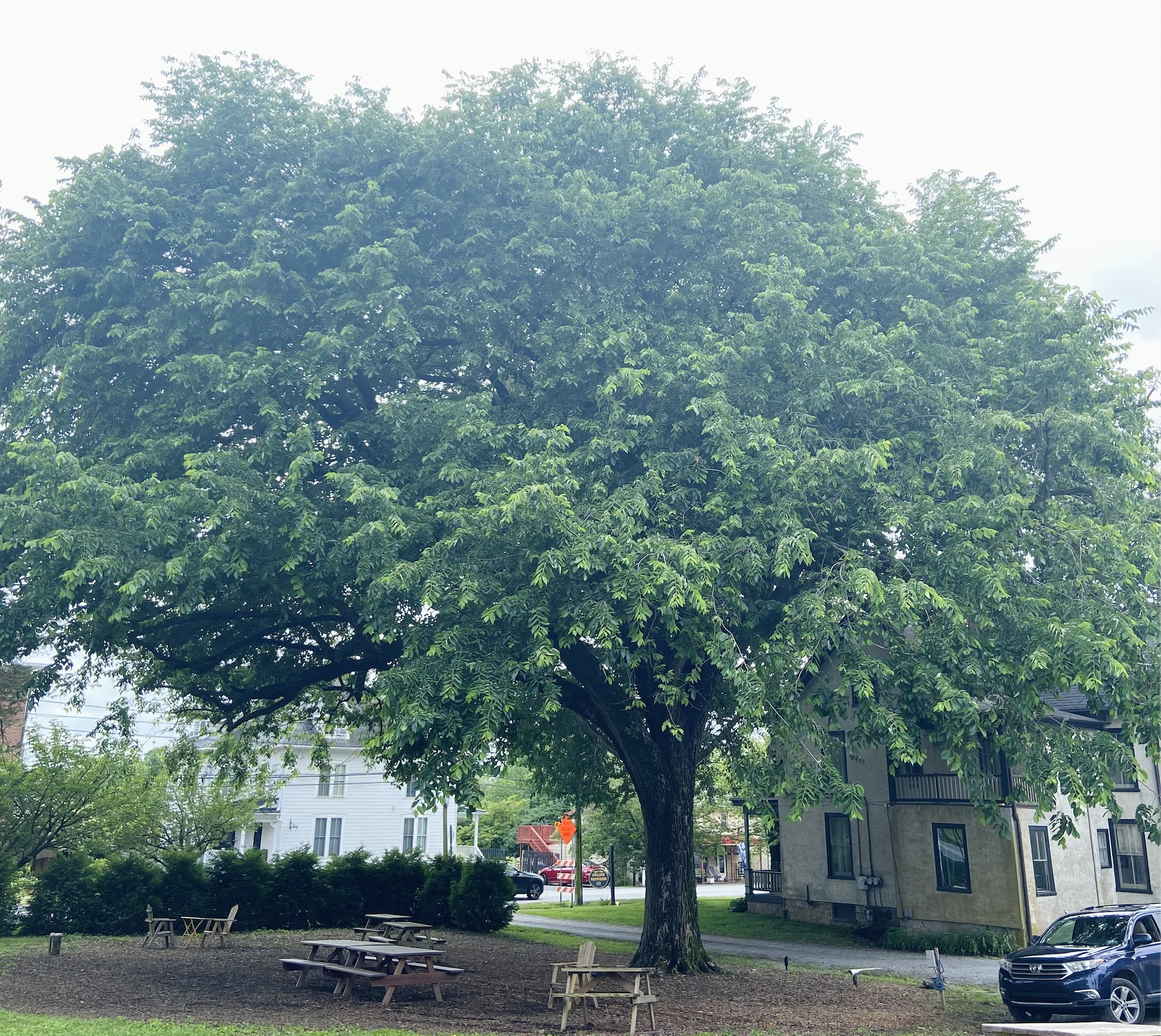
Written By Alena Rodriguez, Unionville Press
Longwood Gardens is well known for its grandeur. From dazzling, meticulously wrapped lighting in the winter to its palace-esque greenhouses nursing plants of radiant color, Longwood is a place of wonder. In their recently completed Longwood Reimagined, the garden highlights a smaller yet equally magnificent feature: bonsais. These miniature trees carry generations of effort and energy into maintaining their delicate and mesmerizing structure, encapsulating the history and creative vision of Longwood Gardens.
The garden began its journey with bonsais in 1959 after purchasing thirteen from renowned artist Yuji Yoshimura. Over the years, their collection continued to thrive and expand, with about fifty species represented today. Longwood’s bonsai curator since 2018 and horticultural specialty grower, Kevin Bielicki, dedicates hours alongside passionate volunteers and staff to water, re-pot, and prune the bonsai. For Kevin, “It’s all worth the effort, though”. He greatly appreciates the legacy left by artists on their bonsai, remarking how each grower has a unique touch and vision. He is very grateful to have learned from fellow artists through his experience at Longwood and the Kennett Collection. With so few collections in the US today, for Kevin, curating the Longwood Reimagined bonsai display was “a once-in-a-lifetime experience”. Kevin’s and his fellow staff’s work is nothing short of magical, with each intricate branch gorgeously illuminated against a dark wooden foreground. In addition to their breathtaking beauty, these trees are typically decades and even hundreds of years old, with their most mature tree, the Shimpaku Juniper, having been propagated about 800 years ago. Recently, Longwood doubled its collection with a generous gift from the Kennett Collection, which was started by Doug Paul in 1999 and comprises around 1,200 specimens. The bonsai they received derived from a series of Japanese artists who have dedicated their lives to perfecting their craft.
However, one does not have to be a master in the art to dabble in the charming world of bonsai. There are a variety of tricks and routines that can help you further develop your understanding of the skill and begin your own collection. Kevin recommends starting with “humble material”, as he calls it, such as juniper or pine, one can find in a local nursery. Acknowledging the seasonal requirements of your variety of trees is essential to sustaining their health and growth, like when to water and sunlight necessities. The Juniper bonsai, for instance, depends upon cold temperatures around wintertime – leaving them indoors is a common yet avoidable mistake. Longwood offers courses as well, assisting participants in growing their own bonsai to their full potential.
Although small, these trees carry legacies of care and aesthetic development, embodiments of Longwood’s commitment to appreciating the past while progressing into the future. The apparentness of the time dedicated to their maintenance is a reminder of their passion. Accordingly, the singular plump, ruby pomegranate dangling from a bonsai branch that left many guests in awe is split among the staff every winter, a toast to their hard work.



